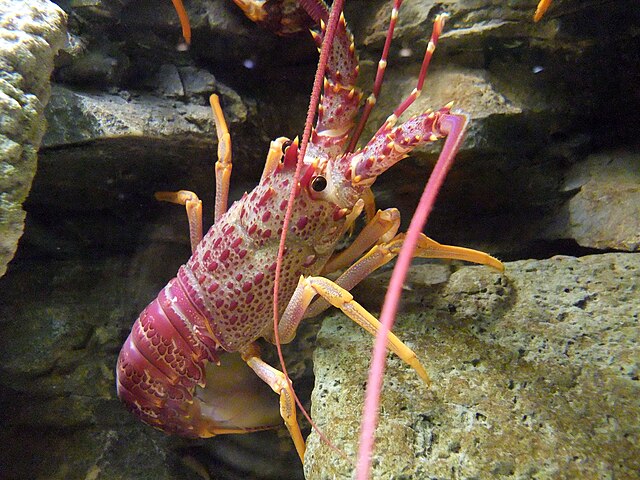Originally published September 25, 2024. Australia could overcome a long-standing ban on rock lobster exports to China by Christmas 2024, the Trade Ministry hopes.
Trade headwinds began easing after China promised in August 2024 to ease Aussie rock lobster import stipulations. However, there are still a few “hoops” to jump over that are raising concern.
With China not specifying the remaining huddles, Australia is growing circumspect that the Far-east nation mayn’t be an “honest broker.”
This is despite Beijing continuously easing tariffs, first on barley in August 2023 and then on wine in March 2024.
The wine tariff, which post-dated the lobster import ban by a year, had stood at 218.4% beginning March 2021.
In its part, the crayfish ban made landfall in 2020, after Australia asked for investigations on COVID-19 origins.
China retaliated by letting tonnes of Aussie lobster lie unattended at the destination airports after imposing an import ban.
In its last export year in 2020, the rock lobster trade brought US$770 million in turnover for the Land Down Under.
Since then, shuttle diplomacy between the two sides has been increasingly giving promise of a near breakthrough to erase the ban.
Before June 18, 2024, Trade Minister Don Farrell had promised that exports could resume in the “near future.”
On September 18, 2024, Farrell further said that he was looking forward to China eradicating trade barriers before Christmas.
What is giving hope to the local seafood sector are precedents on other previously taxed trade goods. If Beijing did away with a bevy of insurmountable duty on meat, barley and wine, so can crayfish pass the test.
Thus, if a deal comes through, Australia could thereby revert some of its exports, which currently reach Singapore and the U.S. To learn more on the place of rock lobster in the large Oceania country, skim the next statistics section.
Australia Rock Lobster Statistics
Rock lobster is one of 5 seafood of economic importance to Australia, the others being abalone, tuna, prawns and salmon. Production of this crawfish has plummeted since 2020 due to changing climate, which has affected the ocean environment. According to Australia’s government data, southern Australia caught less than 1,000 tonnes of this lobster in 2020. This is 3,000 tonnes less than the 2006-2007 peak of over 4,000 tonnes. The 2020 figure also marked a drastic drop from the 2017, 2018 and 2019 totals nearing 3,000 tonnes apiece.
What is the net value of rock lobster in Australia?
Governmental projections for the 2023-24 year showed an increase in Aussie rock lobster value at A$403 million ($277.2 million). The increase was not due to a production increase, which was actually falling, but from high prices.
Which are the main fishing territories of rock crawfish?
Tasmania, Victoria, Western Australia and Southern Australia rank as the exclusive sources of rock lobster and related crayfish. In the 2017-18 fishing year, over 99% of rock lobster catches in these territories came from commercial fishermen. South Australia led the commercial tally at 1,539.45 tonnes, then Victoria at 289.53 tonnes, Tasmania at 1,043 tonnes and Western Australia at 23.77 tonnes.
How do prices of Australia’s rock lobster compare with other seafood?
Graphical data by Abares on the government website shows that rock lobster dominated fish prices in Australia between 2013 and 2018. During this time, market prices peaked at A$90 ($61.88) per kg for the species while abalone’s followed at slightly above A$60 ($41.26). However, Abares projects that between 2023 and 2028, rock lobster prices have cooled to below A$40 ($27.50) per kg. This has left abalone at the top at above A$50 ($34.39) a kg.
